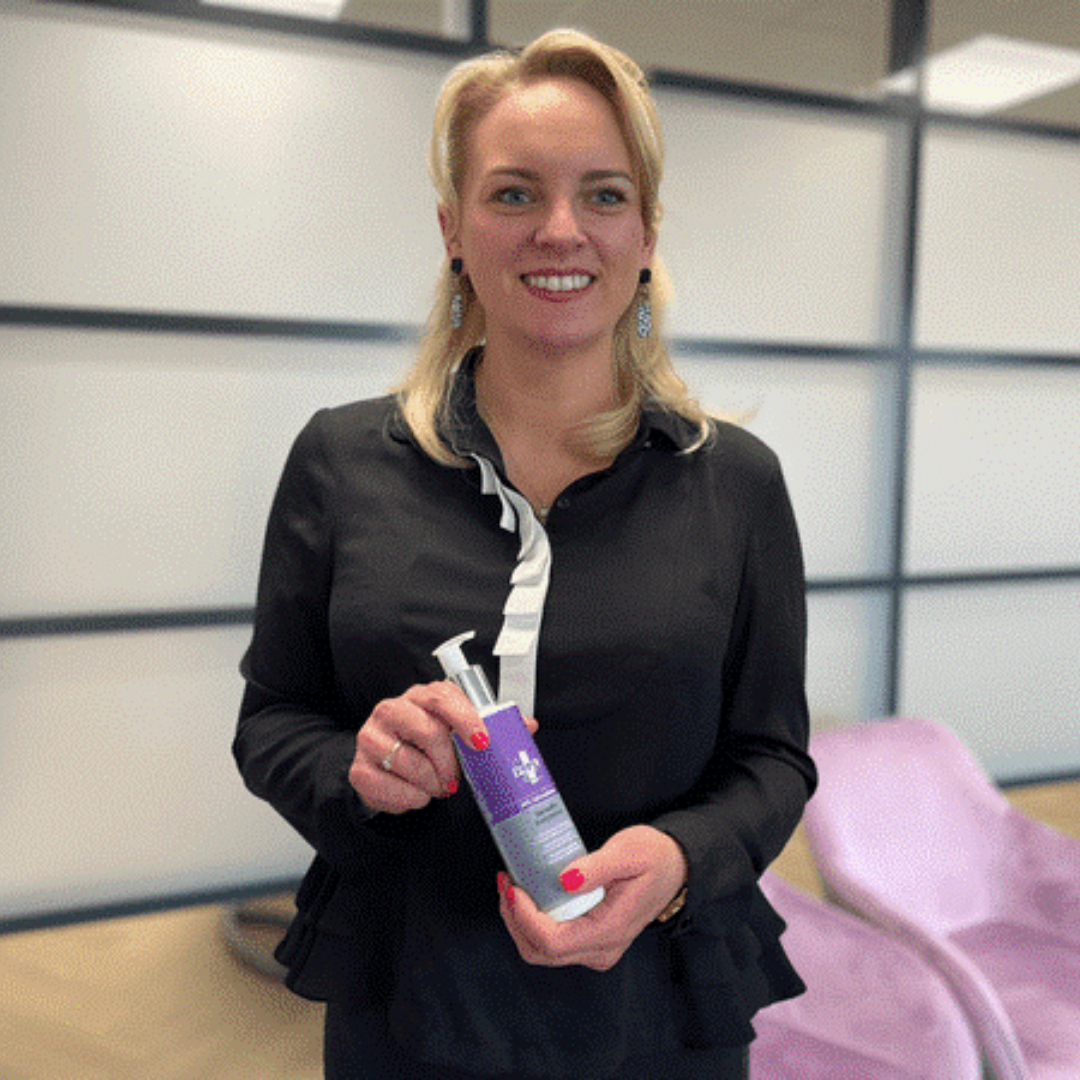
Discover the scientific and clinical risk factors for onychomycosis. For professionals in podiatry, dermatology and medical foot care.
Who gets Onychomycosis?
Onychomycosis, better known as chalk or fungal nails, is one of the most common nail disorders in primary care. Yet the question keeps coming back: why do some patients develop nail fungus much faster than others?
For professionals in medical and paramedical care, understanding the underlying factors is essential. It not only increases the chances of effective treatment, but also helps with risk prophylaxis and patient education.
Scientifically proven risk factors
Age
- Prevalence increases sharply in the elderly: 20-25% over 60 years.
- Explanation: slower nail growth, reduced peripheral blood flow and microtrauma.
Genetic predisposition and gene variants
- Hereditary susceptibility to dermatophyte infections.
- Studies show that polymorphisms in immune genes affect the rate of fungal recognition.
Chronic diseases
- Diabetes mellitus: increased risk due to angiopathy and hyperglycaemia.
- Immunosuppression (medicamentous or systemic) increases risk of recurrences.
Moisture and occlusion
- Athletes, swimmers and patients with long-term closed footwear experience more infection pressure.
Nail trauma
- Repeated microtrauma (e.g. due to ill-fitting footwear) is an entry point for dermatophytes.
Gender
- Men have twice higher prevalence than women, possibly due to hormonal and immunological differences.
Contributing factors (clinical practice observations)
Familial clustering
- Not always genetic, but often due to shared lifestyle and environmental factors.
Hygiene and lifestyle
- Poorly changing socks, continuing to wear old shoes or insufficient foot care increase the risk of infection.
Geographical differences
- Tropical climates: higher prevalence due to heat and humidity.
Overweight
- Association with metabolic syndrome and hormonal disturbances.
Smoking
- Reduced microcirculation in peripheral vessels, increasing susceptibility to infections.
Implications for the professional
For podiatrists, pedicures, general practitioners and dermatologists, this means that diagnostics and treatment must go beyond the nail itself.
- Education: explain to patients that genetic predisposition and lifestyle together determine how susceptible a person is.
- Screening: Identify high-risk patients (diabetes, immunosuppression, older age).
- Prevention: advice on footwear, hygiene and lifestyle.
- Treatment: Choose therapies tailored to risk profile and risk of relapse.
A complex mix
Onychomycosis is a multifactorial condition in which genetics, comorbidities and lifestyle reinforce each other. For professionals, this offers insight into risk management and personalised patient care.
By combining science and practical experience, we not only enhance the effectiveness of treatments, but also contribute to prevention and patient education. So you can help your clients even better!
Want to first test whether it is a nail fungus at all? Then try our FungiCheck And easily test it within 10 minutes in your own salon!



